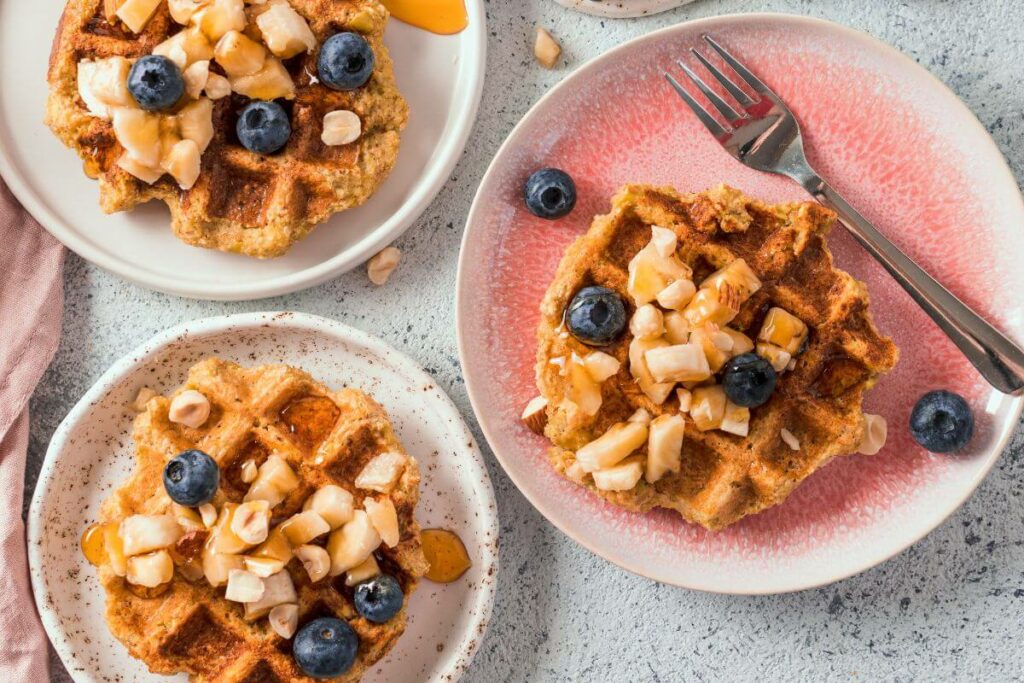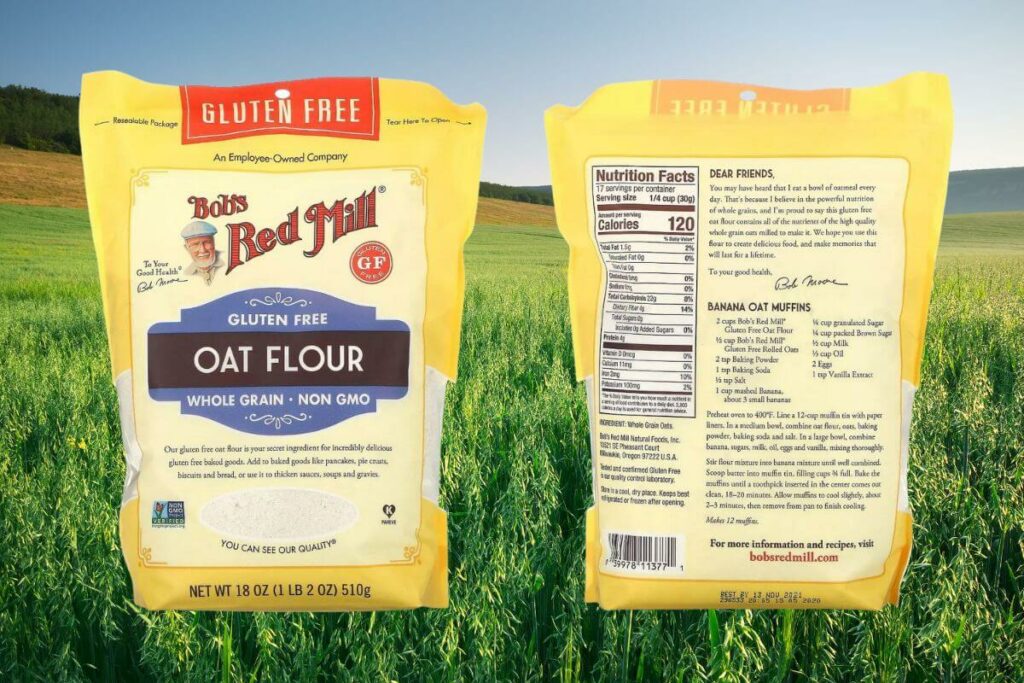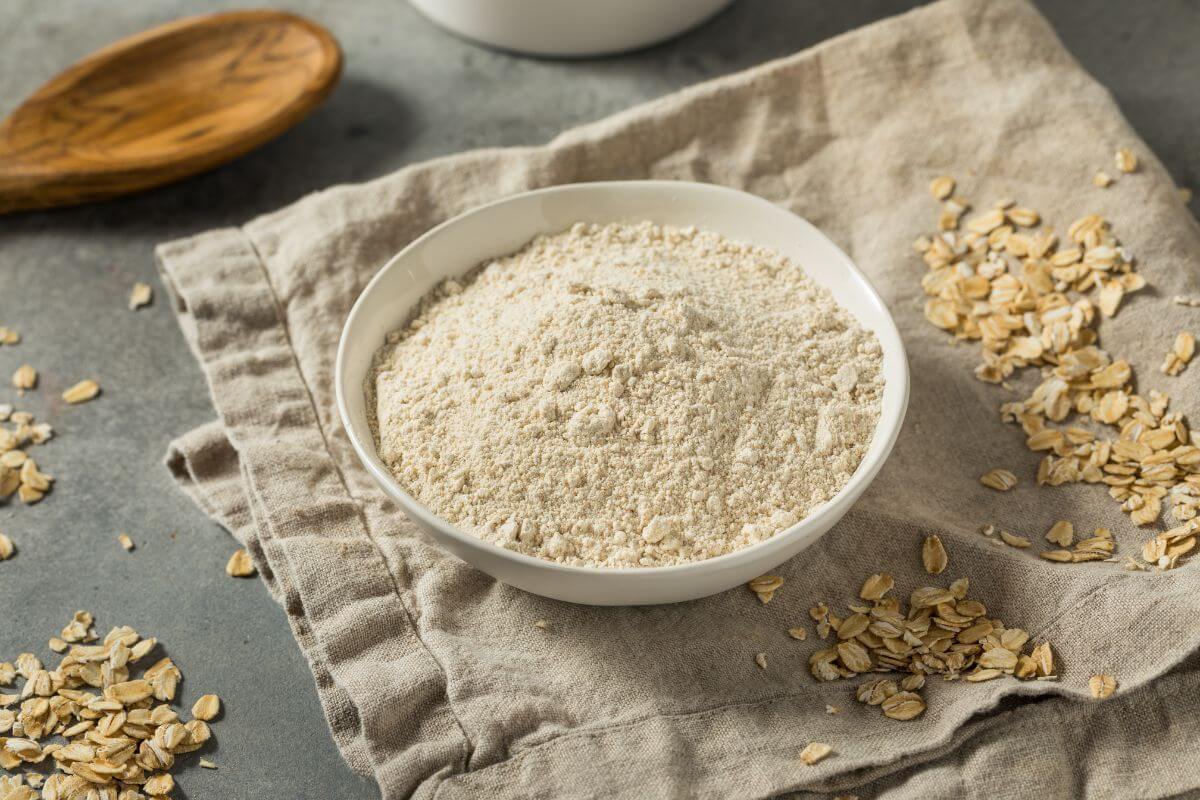The journey towards healthier eating often leads us down paths less traveled, introducing us to ingredients we might have overlooked.
One such ingredient making waves in the health community is oat flour. As more families are prioritizing nutrition, oat flour has become a pantry staple.
This guide aims to shed light on this remarkable flour, its multifaceted uses, and the numerous benefits it offers.
What Even is Oat Flour?
At its core, oat flour is whole oats ground into a fine powder. Unlike refined flours, oat flour retains most of its bran, ensuring that the fiber content remains intact.
Historically, oats have been a staple across various cultures, from ancient China to medieval Europe. Their resilience to harsh weather conditions made them a reliable crop. Today, oat flour is celebrated not just for its culinary versatility but also for its nutritional prowess.

Uses of Oat Flour
The beauty of oat flour lies in its adaptability. Whether you’re baking soft, fluffy pancakes on a Sunday morning, preparing muffins for a school bake sale, or crafting homemade bread for a family dinner, oat flour seamlessly fits in.
Its slightly nutty flavor profile enhances the taste of baked goods, making them irresistibly delicious.
Moreover, for those looking to experiment, oat flour can also be incorporated into pasta recipes, offering a healthier twist to traditional dishes!
The Health Benefits of Oat Flour
One of the most common questions we see is, “Is Oat Flour Good for You?” The short answer is a resounding “Yes!”
Oat flour is a boon for those with gluten sensitivities, offering a gluten-free alternative without compromising on taste.
Its high fiber content is beneficial for digestion, ensuring smooth bowel movements.
Additionally, oat flour has been linked to heart health. The beta-glucans found in it can help lower cholesterol levels, reducing the risk of heart diseases.
For those monitoring their blood sugar, oat flour’s low glycemic index ensures that sugar levels remain stable, making it an excellent choice for diabetics.
Oat Flour vs. Regular Flour
When stacked against popular flours like wheat or all-purpose, oat flour holds its ground impressively.
While traditional flours are processed, stripping away essential nutrients, oat flour remains close to its natural state. This means that while you might notice a softer, more crumbly texture in your baked goods, you’re also infusing them with a nutritional powerhouse.
The slightly sweet undertone of oat flour can also elevate the flavor profile of recipes, making them stand out.
Oat Flour vs. Other Alternative Flours
In the realm of health-conscious baking, oat flour is just one of many alternative flours gaining popularity. Let’s see how it stacks up against other popular options:
- Almond Flour: Derived from ground almonds, this flour is low in carbs and high in protein. However, it’s denser than oat flour and can make baked goods more moist.
- Coconut Flour: Made from dried coconut meat, it’s gluten-free like oat flour but is much more absorbent. This means you’ll need to adjust the liquid content in recipes significantly.
- Quinoa Flour: A protein-packed option, quinoa flour has a distinct taste that might not be for everyone. It’s excellent for savory dishes but can be an acquired taste in sweet ones.
While each flour has its unique properties and nutritional benefits, oat flour stands out for its versatility, mild flavor, and affordability.

Nutritional Breakdown of Oat Flour
Diving into the nutritional aspect, oat flour is a clear winner! A typical 30g serving (¼ cup) offers:
- Calories: 120
- Total Fat: 1.5g
- Carbohydrates: 22g
- Dietary Fiber: 4g
- Protein: 4g
- Vitamins: It’s a rich source of B-vitamins, especially thiamin, pantothenic acid, and folate.
- Minerals: Abundant in magnesium, phosphorus, iron, and zinc.
Compared to other flours, oat flour provides more fiber and protein, ensuring sustained energy release throughout the day.
How Long Does Oat Flour Last?
When stored correctly, oat flour can remain fresh for up to 3 months in a cool, dry place.
For extended freshness, refrigeration or freezing is recommended. An airtight container is crucial to prevent moisture ingress and any potential pest infestations.
Storing and Purchasing Tips
When buying oat flour, look for packages that are sealed tightly and have a freshness date. If available, opt for certified gluten-free versions to ensure no cross-contamination from the machinery used during processing.
For storage, keep oat flour in an airtight container in a cool, dark place. If you’ve bought in bulk or live in a warm climate, consider refrigerating it to extend its shelf life. Always do a quick sniff test before use; a sour or off smell indicates it’s time to toss it.
Other signs that your oat flour has gone bad is a change in color or texture.
Tips To Incorporate Oat Flour into Your Recipes:
- Liquid Adjustment: Oat flour tends to absorb more liquid. If your batter or dough seems too thick, add more liquid until you reach the desired consistency.
- Combining Flours: For recipes that require a particular structure, like bread, consider combining oat flour with another flour to achieve the best results.
- Taste Test: Oat flour has a slightly sweeter profile. Adjust the sugar or sweeteners in your recipes accordingly.
- Texture: Remember, baked goods with oat flour might be a tad softer or crumblier. They’re best enjoyed fresh!
Making Homemade Oat Flour
Embracing the DIY spirit? Making oat flour at home is a breeze. With whole oats and a robust blender or food processor, you’re just minutes away from fresh oat flour.
Simply measure, blend until fine, and store. This not only ensures freshness but also proves cost-effective.
Frequently Asked Questions (FAQs)
- Q: Can oat flour replace all-purpose flour in any recipe?
- A: It’s best to start by substituting half the amount of all-purpose flour with oat flour and adjusting based on the recipe’s requirements.
- Q: Is oat flour suitable for those with celiac disease?
- A: Ensure the oat flour is certified gluten-free to avoid cross-contamination risks.
- Q: How does the cost of oat flour compare to regular flour?
- A: While store-bought oat flour might be pricier, homemade versions can be budget-friendly.
- Q: Can oat flour be used in savory dishes?
- A: Absolutely! Think meatloaf, sauces, or homemade pasta.
Final Thoughts
In the realm of healthy eating, oat flour emerges as a champion. Its versatility, combined with its impressive nutritional profile, makes it a must-have in every kitchen. As more people are prioritizing health without compromising on taste, oat flour serves as a testament to the fact that healthy can be delicious! So, the next time you’re whipping up a meal or treat, consider reaching for oat flour and savor the difference.
Recent Posts
Today, we're diving into the world of oat flour and almond flour — two rockstars of the alternative flour universe. They're not just about being wheat substitutes; they bring their unique...
In the vast world of flours, oat flour has made a significant mark, especially among health-conscious moms in the 30-45 age bracket. Its rise in popularity isn't just a trend; it's backed by numerous...

